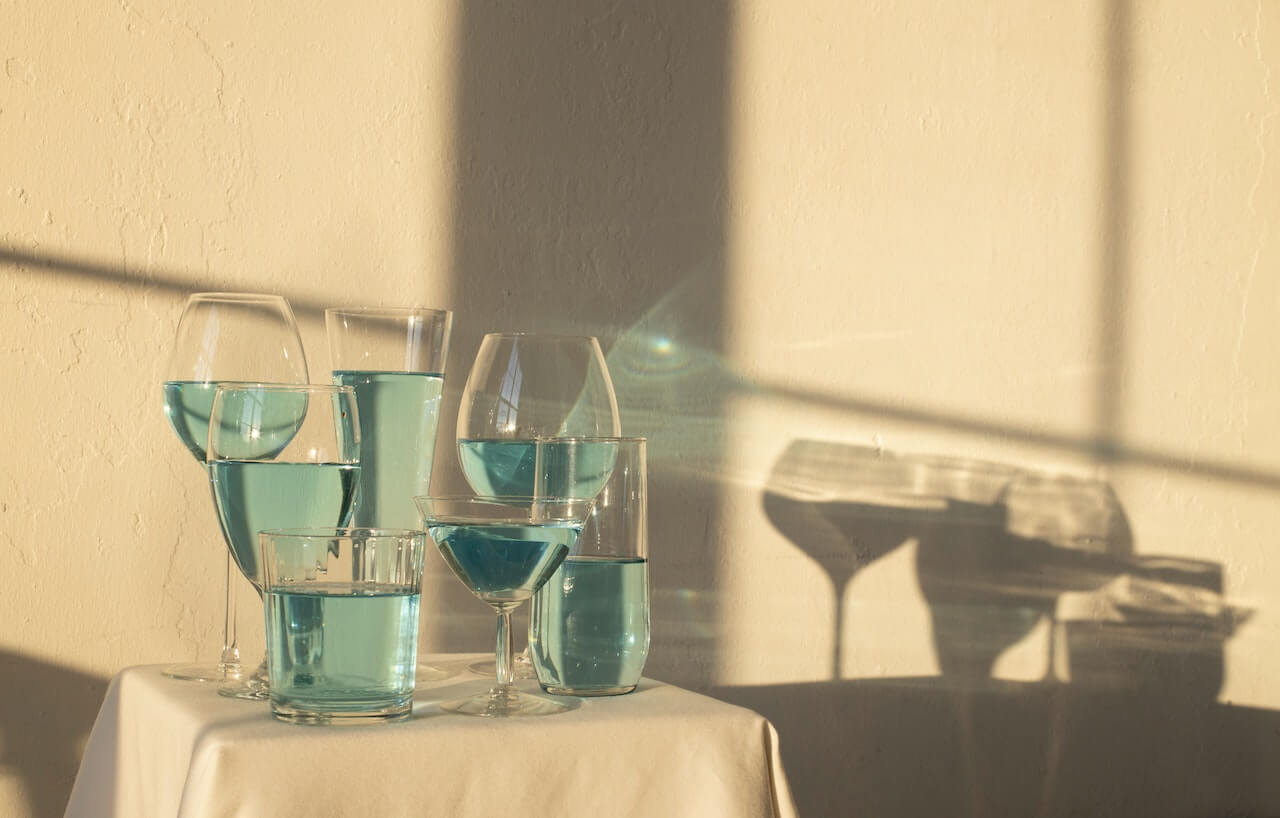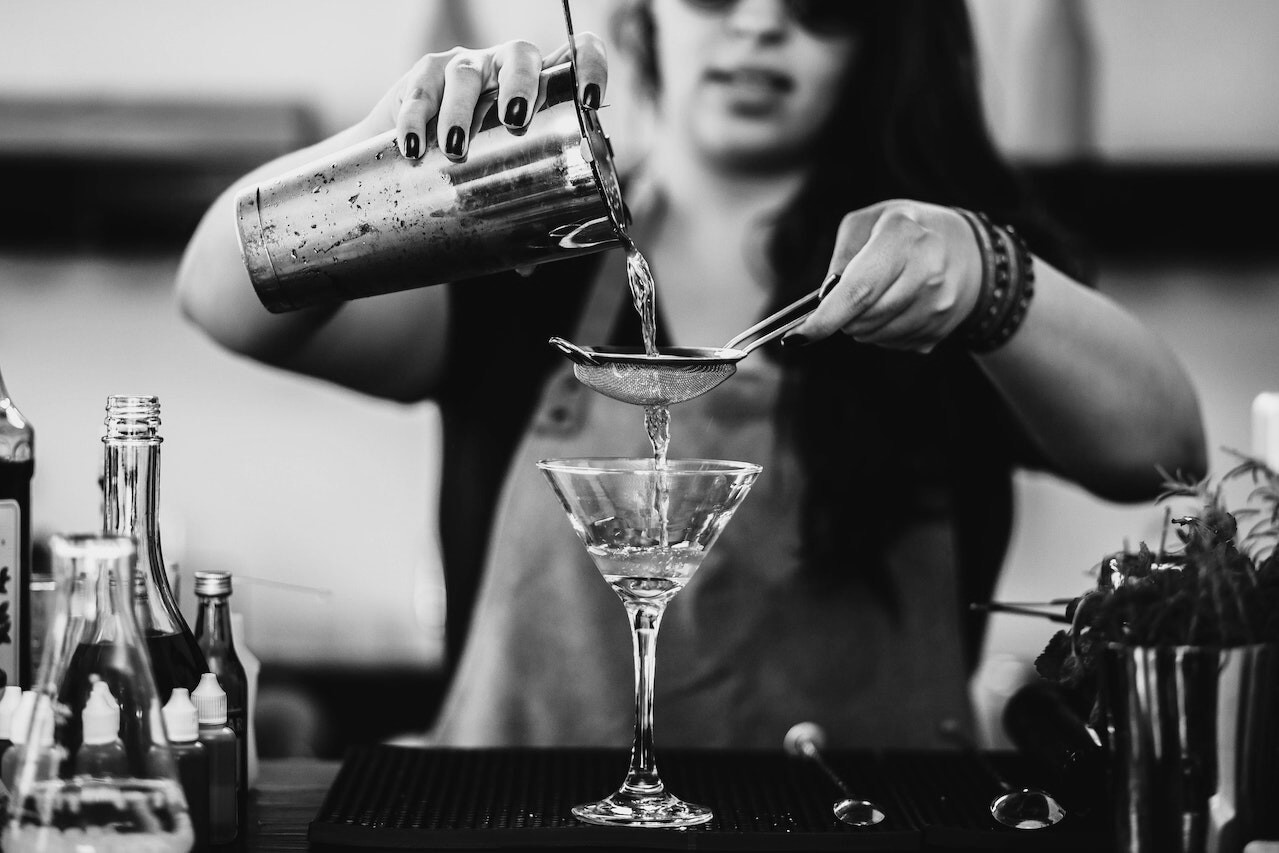Absinthe, the enigmatic green elixir that has intrigued artists, writers, and connoisseurs for centuries, possesses a mystique like no other spirit. Known for its striking emerald hue, strong anise flavor, and a reputation for inspiring creativity, absinthe has a rich history steeped in legend and controversy. In this article, we embark on a journey to explore the captivating world of absinthe, uncovering its history, dispelling myths, and delving into the allure that has made it a favorite among bohemians and artists throughout the ages.
Absinthe Overview
Origins and Early Popularity
Absinthe’s origins can be traced back to the late 18th century in Switzerland, where it was initially developed as a medicinal tonic. Dr. Pierre Ordinaire is often credited with creating the first absinthe recipe, using botanicals like wormwood (Artemisia absinthium), anise, and fennel. However, it was Henri-Louis Pernod who commercialized absinthe production in the early 19th century, turning it into a popular beverage.
The 19th century saw absinthe become the drink of choice in Europe, particularly in France. The “Green Hour,” a daily ritual of consuming absinthe, became a cultural phenomenon. It was during this era that the spirit gained popularity among artists, writers, and intellectuals, including the likes of Vincent van Gogh, Oscar Wilde, and Ernest Hemingway.
The Absinthe Ritual
One of the most intriguing aspects of absinthe is the ritual surrounding its consumption. A traditional absinthe preparation involves placing a sugar cube on a slotted spoon, which is then positioned over a glass containing a measure of absinthe. Ice-cold water is slowly dripped over the sugar cube, gradually diluting the absinthe and causing it to louche, a mesmerizing transformation where the green liquid clouds and turns milky white. This ritual is not just about aesthetics but also serves to mellow the strong flavors of the spirit.
Absinthe’s reputation for inducing hallucinations and madness is largely a myth, perpetuated by sensationalized stories and misconceptions. The real culprit behind absinthe’s alleged dangers was the high alcohol content, often reaching up to 70% or more, which could lead to excessive and sometimes reckless consumption.
The Ban and Revival
By the early 20th century, concerns over absinthe’s alleged harmful effects led to bans in several countries, including the United States and much of Europe. For nearly a century, absinthe remained banned or restricted in many places.
However, in the late 20th century, a resurgence of interest in absinthe led to a reevaluation of the spirit. Scientific studies debunked many of the myths surrounding its dangers. By the early 21st century, absinthe was once again being produced and enjoyed legally in many countries.
Today, absinthe enjoys a revival among cocktail enthusiasts and those seeking a taste of history. Craft distilleries around the world produce a diverse range of absinthes, each with its unique botanical blend and character. Absinthe bars, reminiscent of the Belle Époque, have sprung up in major cities, offering a glimpse into the past while celebrating the spirit’s enduring appeal.
Controversy and Charm
While absinthe undeniably possesses a mystique that has drawn in many, it is also a spirit that has been shrouded in controversy throughout its history. Let’s take a closer look at the contrasting views and contentious conclusions surrounding this iconic anise-flavored elixir.
Absinthe’s journey through time has not been without its share of dark clouds. The “Green Fairy,” as it was affectionately known, became a symbol of excess and decadence in the late 19th century. Tales of absinthe-induced hallucinations and madness were widely sensationalized, leading to bans in several countries. The truth is, absinthe’s high alcohol content, rather than its botanical ingredients, was often responsible for the excessive behavior associated with it.
Absinthe underwent a transformation from pariah to misunderstood muse. Scientific research and historical reevaluation have debunked many of the myths surrounding absinthe. It turns out that the purported hallucinogenic properties were largely unfounded, and the spirit was unfairly vilified.
Today, absinthe enjoys a renaissance, with craft distilleries producing a wide array of absinthes that harken back to the spirit’s historical roots. Yet, the allure of absinthe remains a double-edged sword. On one hand, it’s a celebration of artistry, culture, and tradition. On the other, it reminds us of the power of sensationalism and how the allure of the forbidden can shape public perception.
Absinthe is a spirit that simultaneously embodies the charm of artistic rebellion and the controversy of misunderstood notoriety. It’s a reminder that the line between fact and fiction in the world of spirits can be as blurry as a louched glass of absinthe. Whether you’re drawn to its history, flavor, or simply the allure of the green liquid, one thing is certain—absinthe will forever remain a conversation starter, a muse, and a symbol of complex contradictions in the world of fine spirits.

Making your cocktails has a certain fascination, what with the clinking of ice in the…

Liquor tourism has developed into its distinct niche in recent years, attracting visitors from all…

Creating an Atmosphere Fit for Joyous Occasions The effervescent burst of bubbles, the clinking of…

Asian-produced Liquor There is a wide variety of rare and delicious alcoholic beverages from throughout…




